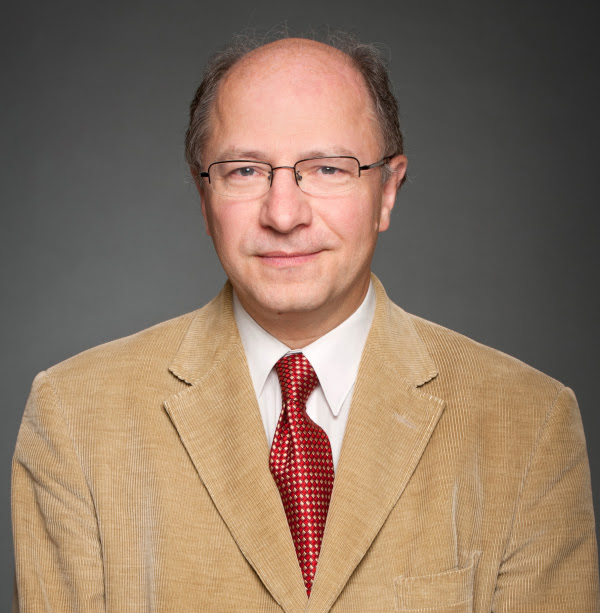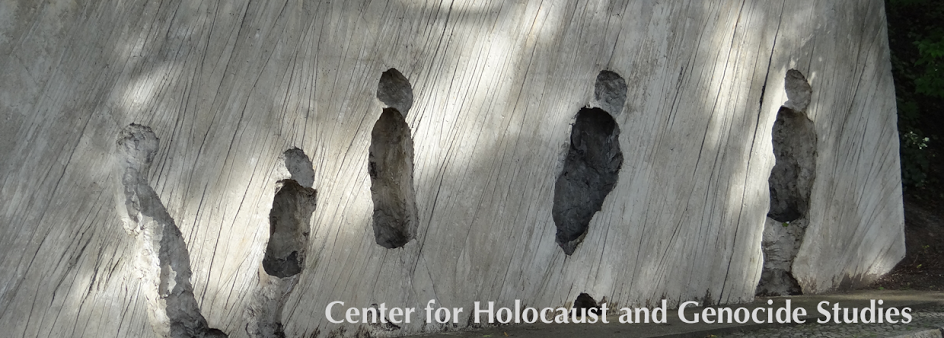Uncategorized
On January 31st, 2024, Professor John Packer delivered the Center’s annual Holocaust Remembrance Day Lecture, titled “Remembering, Learning, and Applying ‘Never Again’ as the Essential Lesson of the Holocaust.” In this interview, Professor Packer discusses the UN’s human rights and genocide prevention approach, the role of NGOs in peace mediation, and preliminary measures in the context of the International Court of Justice (ICJ)’s South Africa v. Israel case.

On January 31st, 2024, Professor John Packer delivered the Center’s annual Holocaust Remembrance Day Lecture, titled “Remembering, Learning, and Applying ‘Never Again’ as the Essential Lesson of the Holocaust.” In this interview, Professor Packer discusses the UN’s human rights and genocide prevention approach, the role of NGOs in peace mediation, and preliminary measures in the context of the International Court of Justice (ICJ)’s South Africa v. Israel case.
